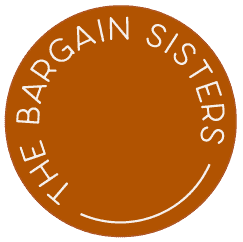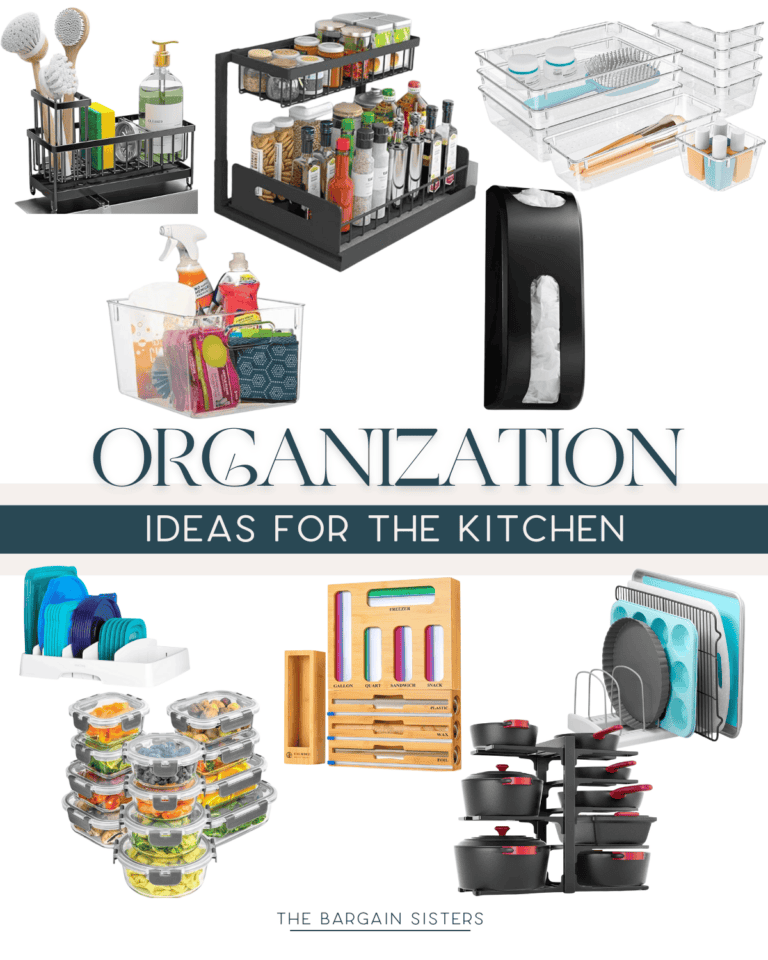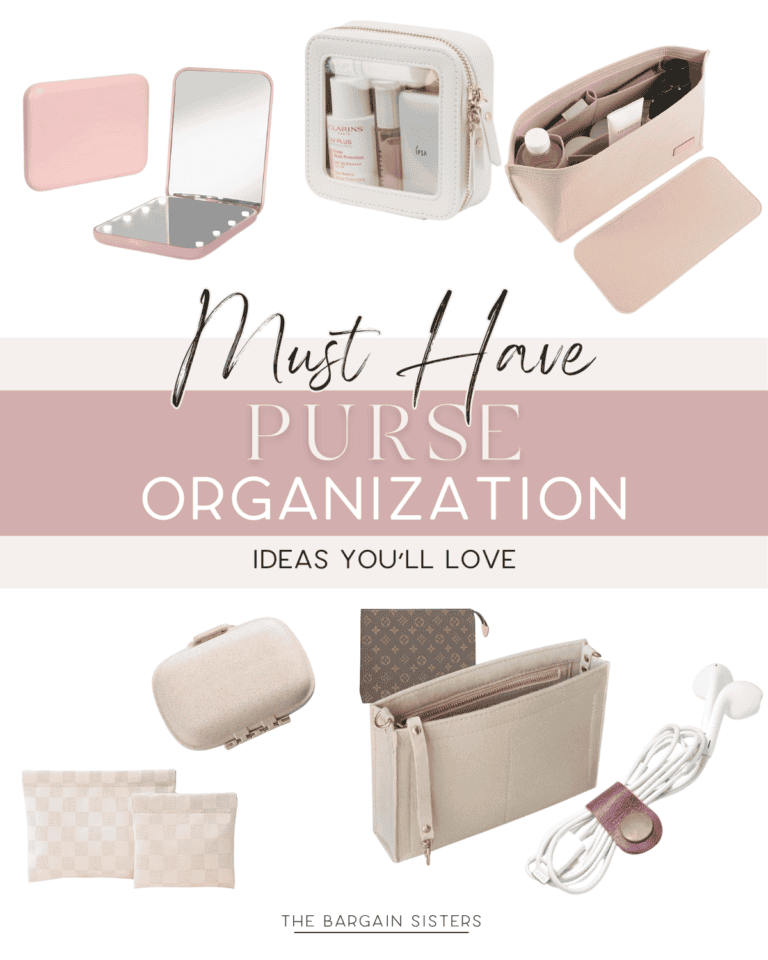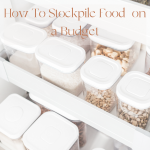How To Stockpile Food on a Budget
(This post contains affiliate links. See our disclosure.)
We wanted to give you our top tips on how to stockpile food on a budget since we are all about staying prepared for anything and, hey, emergency food storage is definitely a thing. After years and years of buying powdered butter in bulk (and seeing that those of you in The Bargain Sisters Group are eager to do the same) it was time we shared our how to’s with you all.
You’ll see here that we have a nice list of non-perishable food items, but you may be wondering what non-perishable food items even are. Essentially, these are items that have a long shelf life and don’t require refrigeration to keep them from spoiling (canned foods, dried fruits and veggies, nuts, teas, and most things powdered).
Importantly, we are not survivalists, but we do like to be prepared for, well, anything, and this is one of the ways we keep our minds at ease. We also often share deals on a lot of the items we’re sharing here, so make sure you’re following @the_bargainsisters to save as you stock your emergency food pantry.
STOCKpiling AN EMERGENCY FOOD PANTRY on a budget
We keep multiple month’s worths of emergency food in our pantries, come what may. As such, we have a few key non-perishable food items on hand:
- Butter Powder: Excellent substitute for store-bought butter in recipes and baking. Unopened shelf life of up to 10 years!
- Powdered Peanut Butter: Packed with protein and shelf-stable for many years. This peanut butter powder is our go-to for smoothies and so much more!
- Egg Powder: Whether used in desserts, casseroles, or quiches, the nutritious value and versatility of eggs are always at your fingertips with this powder. It’s a powerhouse pantry staple.
- Powdered Milk: The powdered milk from Hoosier Hill Farm comes from America’s heartland of northeast Indiana. It can be used in sweets, baked goods, as a nutrient supplement, or reconstituted into liquid milk.
- Storable Lunch & Dinner Meal Kits: 92 servings, four gallons, and 11 varieties of entrées and soups.
- Storable Breakfast Meal Kits: 162 servings, 17 food pouches, and six breakfast varieties. Shelf stable for up to 20 years!
ORGANIZing AN EMERGENCY FOOD PANTRY

Certainly, once you have all your food storage items, you need an intuitive way to store them. Here are some of the key organizational items we have in our emergency food pantries that make our brains happy:
- Can Shelves: Easily store up to 36 cans with this metal shelf. Install multiple racks for additional storage.
- Heavy Duty Rack: Grab this rack with 3-5 shelves that holds up to 350 pounds (in the four-shelf rack, evenly distributed). Importantly, total max load weight is 1400 pounds. No tools required!
MUST-HAVE BASICS FOR COOKING

Additionally, you’ll need some ways to cook and have decent drinking water should you lose power or be off the grid. To that end, these two items are key:
- Lifestraw: Protect yourself against 99.999999% of bacteria, 99.999% of parasites, and 99.999% of microplastics with this must-have.
- Emergency Stove: This stove gives you the option of using brutane or propane on one handy, double-burner, portable burner.
EMERGENCY SUPPLY PREPAREDNESS—CONCLUSION
In sum, if you want top tips on how to stockpile food on a budget, these items are great to have nearby whether you’re thinking of the worst-case scenarios or not. Peanut butter especially is something we use weekly, if not daily. As far as we’re concerned, you can never be too prepared.
Do you have any of these items in your pantry? Did we give you any new ideas? We’d love to hear your feedback. Let us know how you’re stocking your food emergency pantry in the comments!







